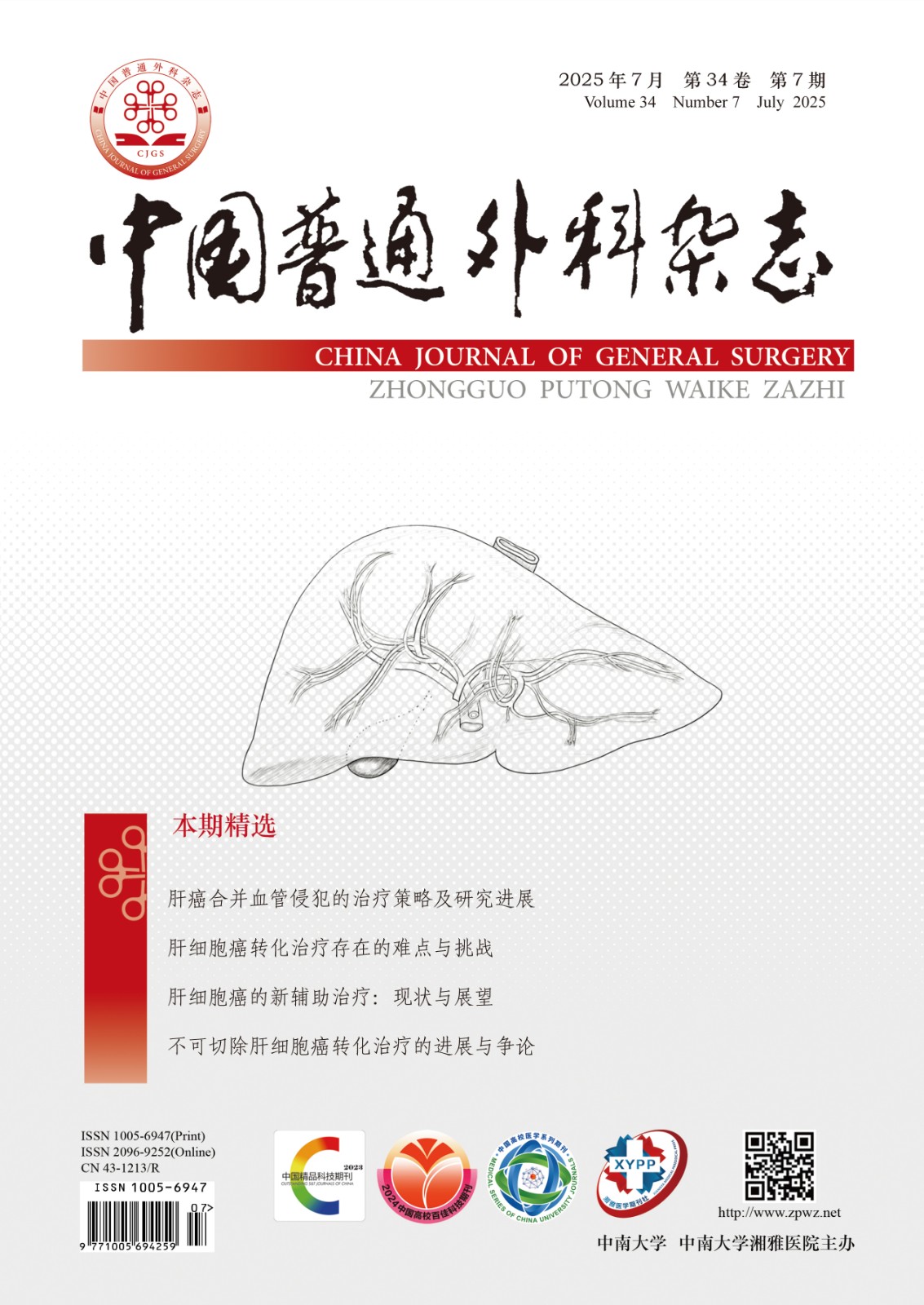Abstract:Objective: To investigate the therapeutic effect of tamoxifen on abdominal aortic aneurysm (AAA) and gender difference in its efficacy in mice.
Methods: Aged C57BL/6 mice (60-week old) were used to conduct experiment in 3 batches, in which, the mice underwent AAA model creation (induced by elastase) alone, prophylactic tamoxifen administration plus AAA model creation or AAA model creation followed by tamoxifen treatment, respectively. In each batch of experiment, half of the mice were male and half were female, and sham operation controls were used, and the specimens of abdominal aorta in all mice were harvested on postoperative day 14 for observing the relevant parameters.
Results: In the first batch of experiment, the AAA formation rate was 100% in either male or female mice. In the second batch of experiment, the AAA formation rate in female mice was significantly lower than that in male mice (30% vs. 80%, P<0.05), and pathologic changes were remarkably milder, the levels of estrogen receptor α and catalase were significantly higher, while the levels of PCNA, inflammatory cells and cytokines were significantly lower in vascular tissues of female mice than those in vascular tissues of male mice (all P<0.05). In the third batch of experiment, the AAA formation rate in female mice was significantly lower than that in male mice
(50% vs. 100%, P<0.05), with the milder pathologic changes, proliferative responses and inflammatory responses in vascular tissues of female mice than those in vascular tissues of male mice (all P<0.05).
Conclusion: Tamoxifen has significant inhibitory effect on the occurrence and development of AAA. However, its action has gender difference which shows better preventive and therapeutic effect in female mice, and relative preventive effect but little therapeutic effect in male mice, and the mechanism may probably be associated with its strong estrogen receptor induction in female animals.

